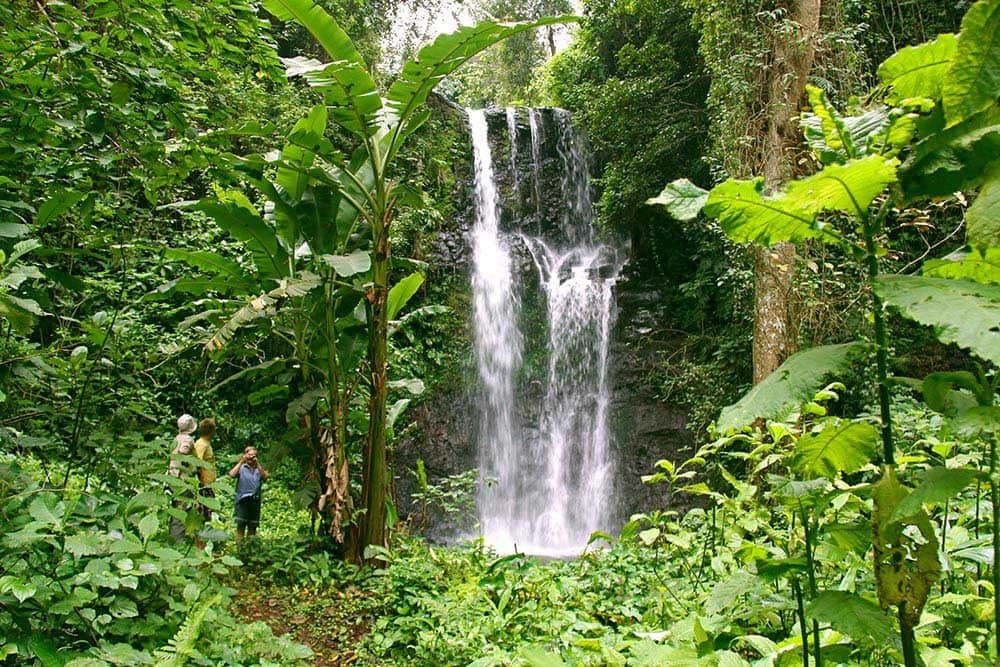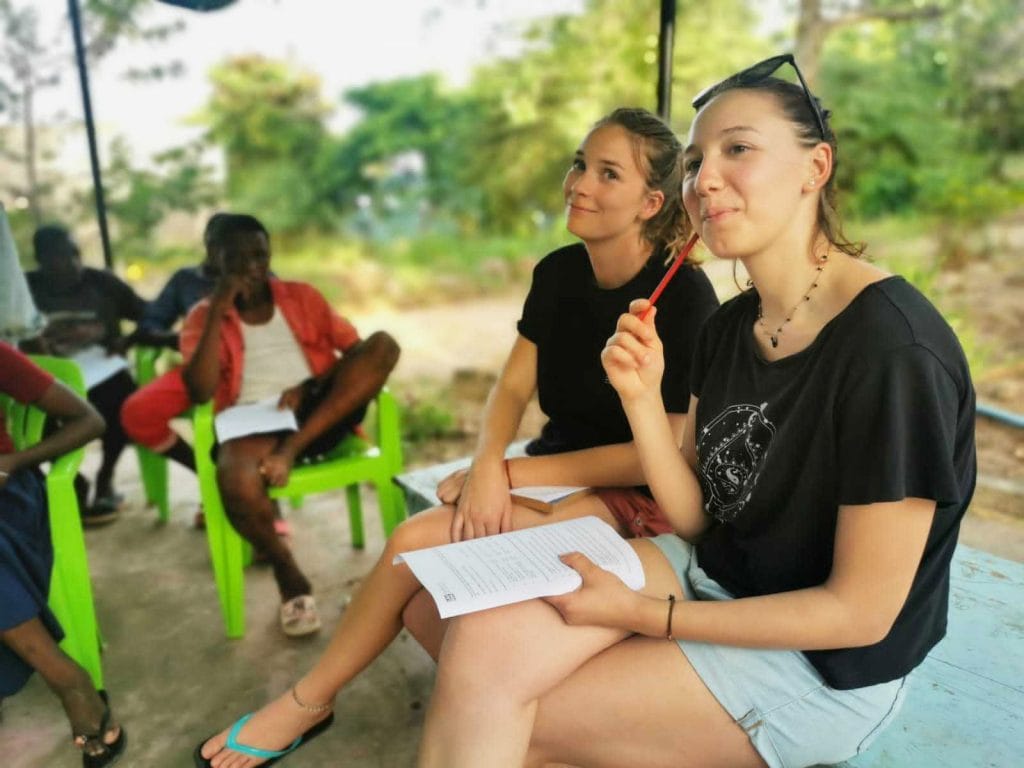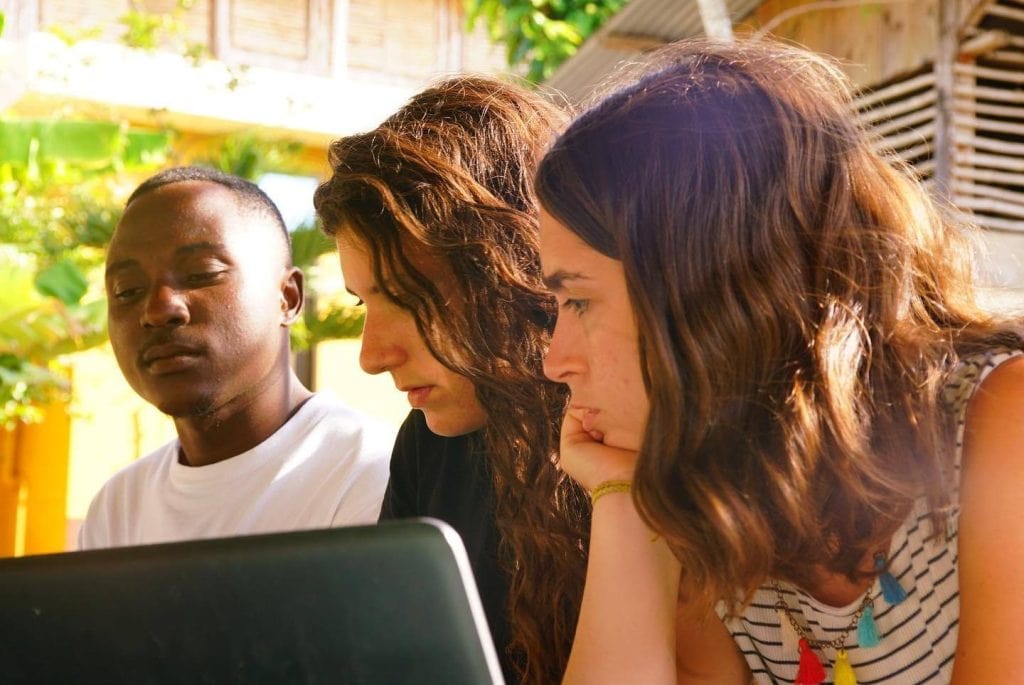Elisa Burmalequi – Art in Tanzania intern
The East African region faces constant climate variations, often characterised by severe droughts and intense rainfall. This instability is influenced by both the El Niño Southern Oscillation (ENSO) and the Indian Ocean Dipole (IOD), leading to fluctuations in rainfall in the region.
The socially vulnerable population deals with hardships, including destroyed or stranded houses, the spread of cholera and malaria, difficulties in accessing water for consumption and personal hygiene, and soil unsuitability for planting and harvesting crops.
Another impact is related to energy production, which still relies on ageing transmission lines, delayed power projects, and a poorly maintained existing grid. These factors contribute to disruptions in electricity supply in East Africa, even when there is excess capacity.¹ In recent months, Tanzania has experienced frequent power outages.



Approximately 34% of the country’s energy comes from hydroelectric dams, while the remaining 61% is derived from natural gas plants.² Although hydropower is a flexible, reliable, cost-efficient, and low-carbon source of energy, the African continent still explores only 7% of its potential in this energy source, according to the World Energy Council.³
Energy availability opens access to various rights and services, such as the right to health and education, the expansion of a country’s infrastructure, and its economic development, contributing to a dignified life. Access to energy is also one of the Sustainable Development Goals (Goal 7), which emphasises ensuring access to affordable, reliable, sustainable, and modern energy for all.







